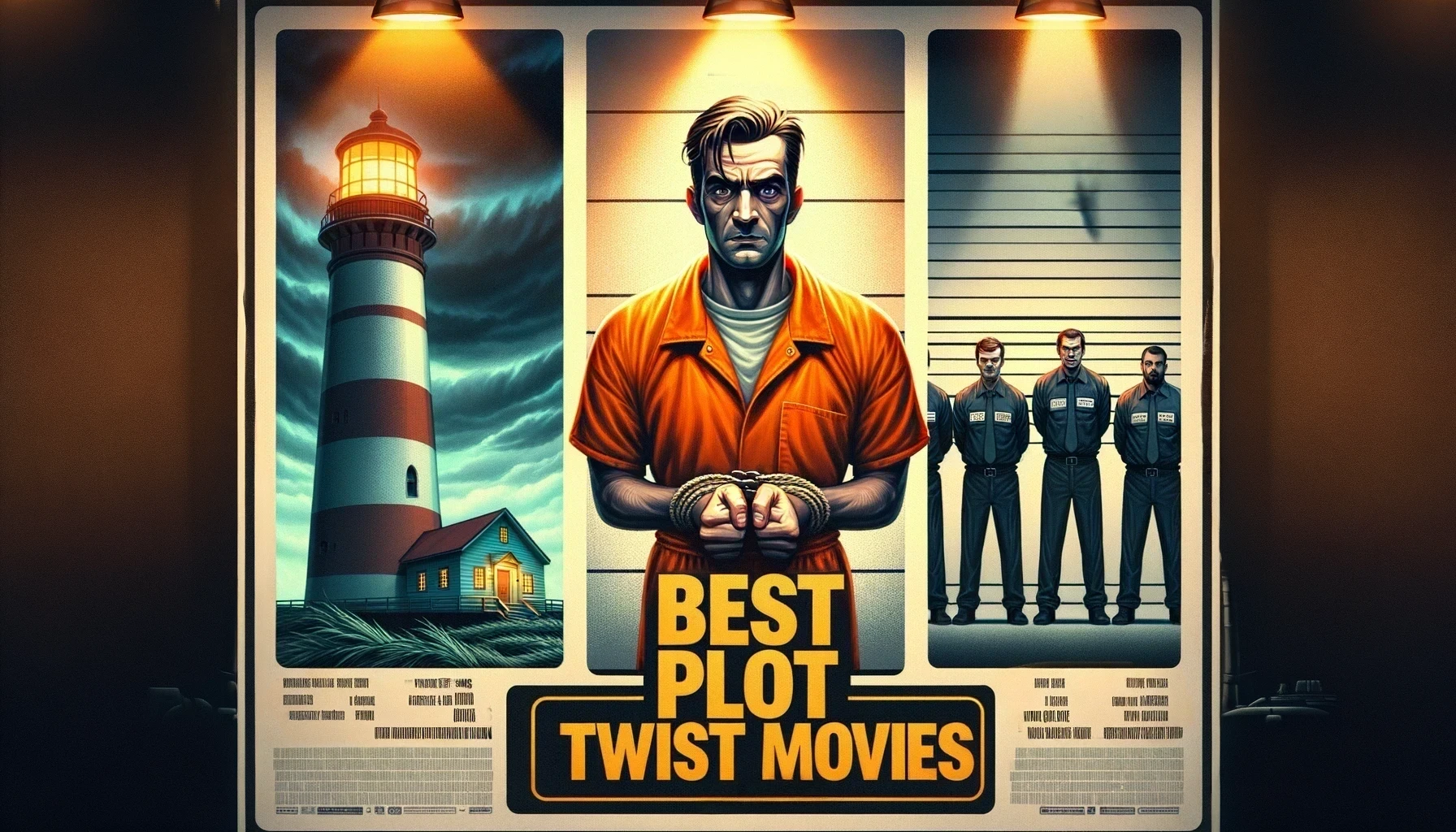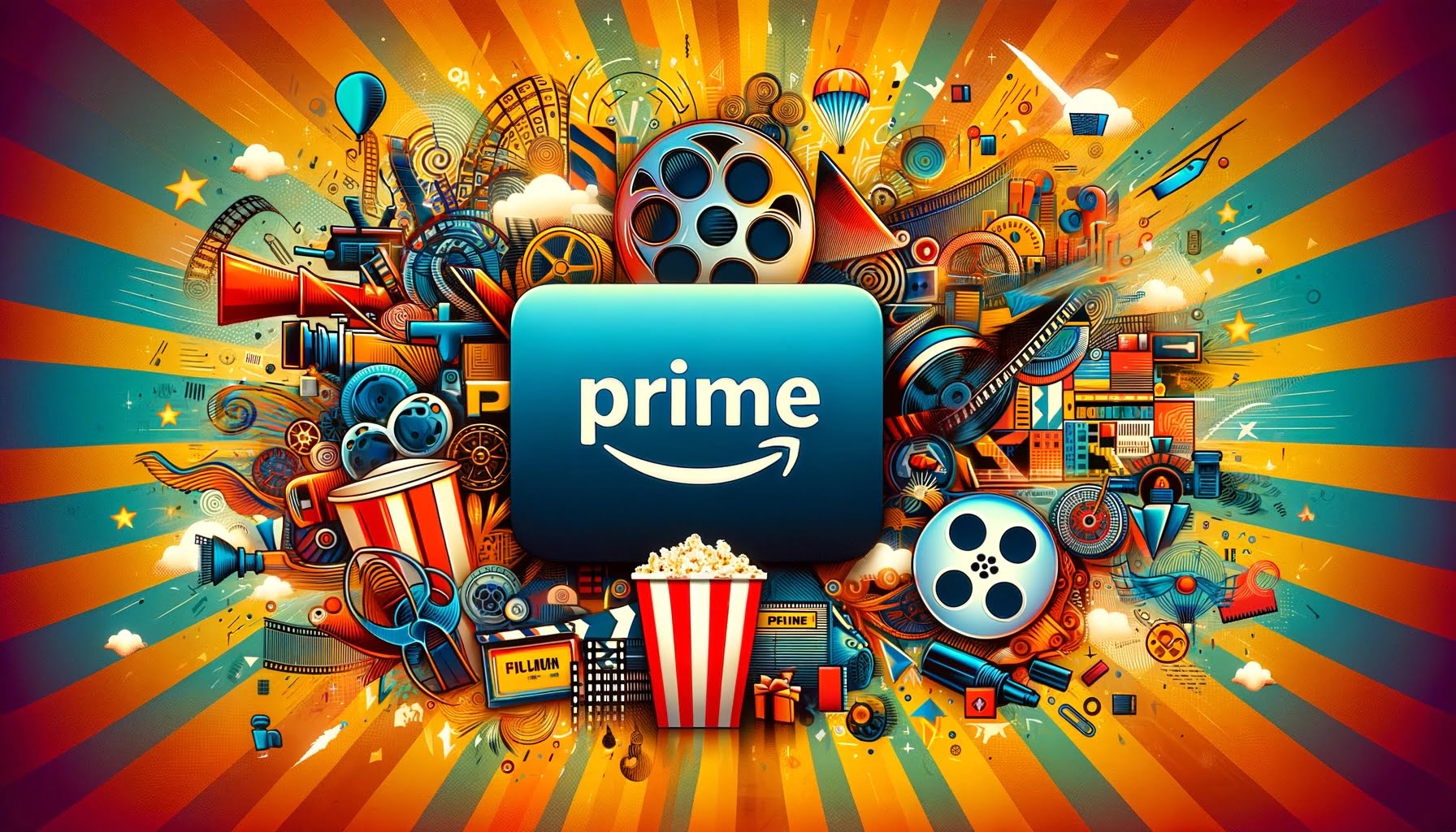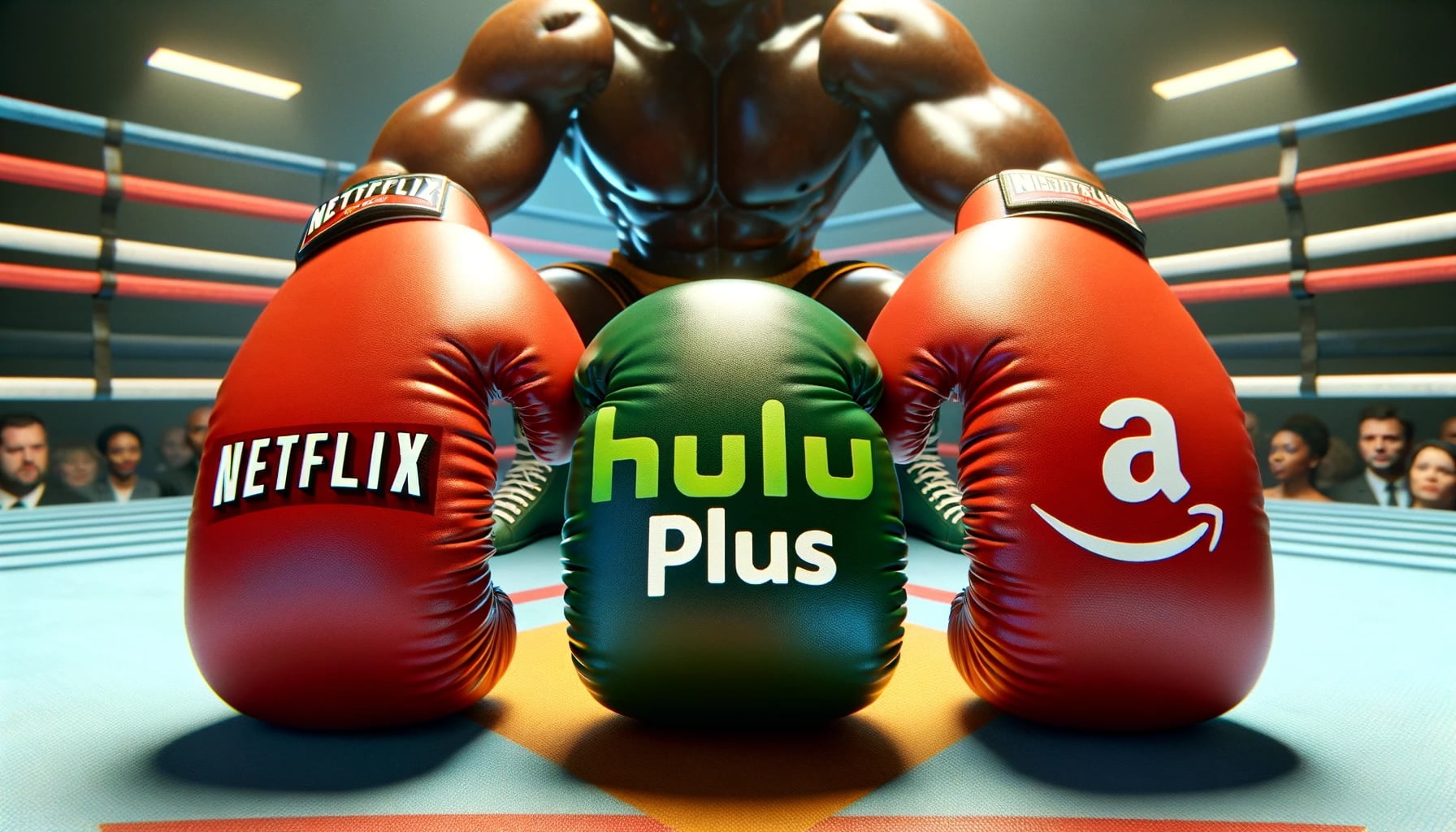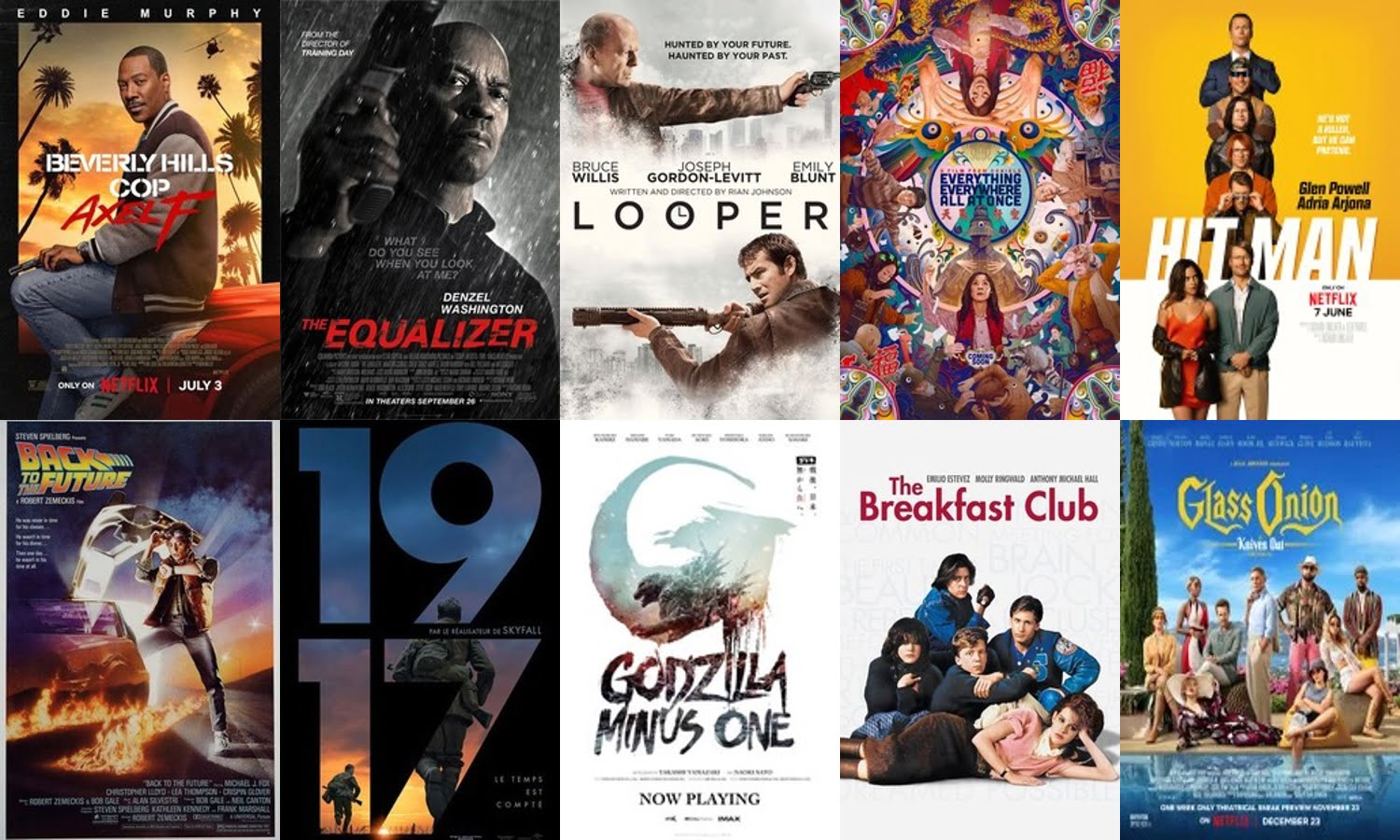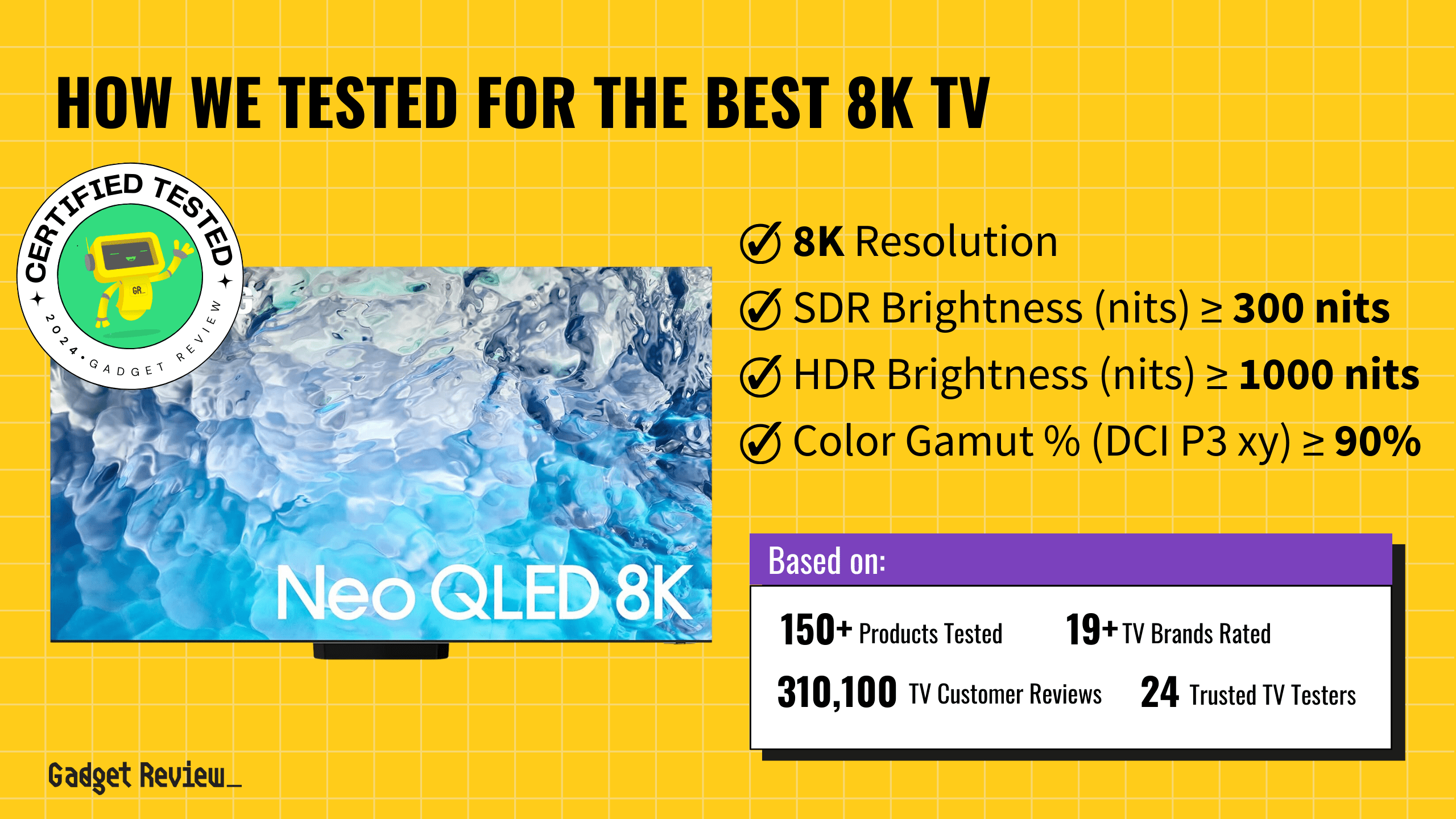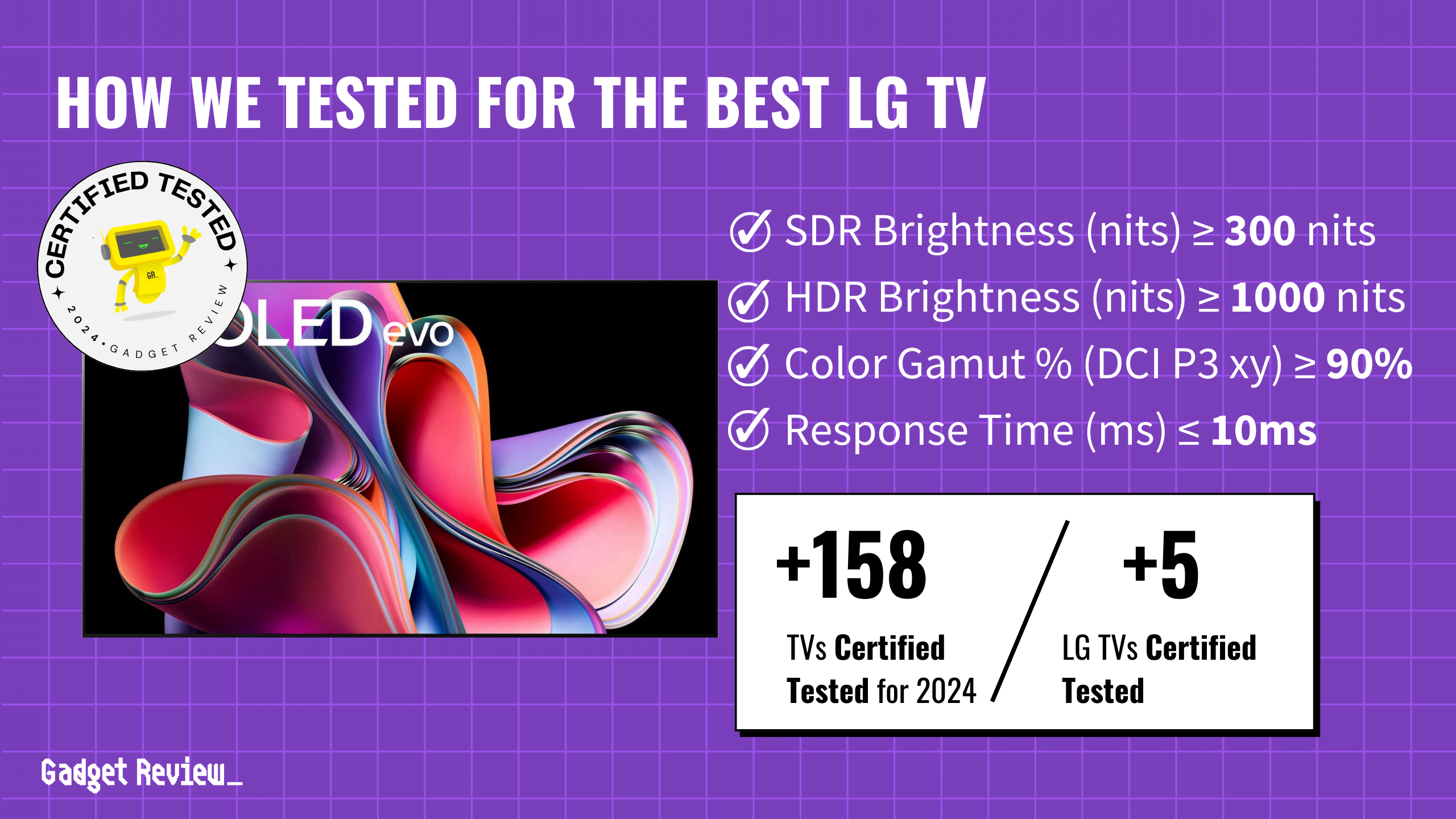The best Hisense TV offers affordability without sacrificing quality. These sets deliver performance comparable to top brands but at a much lower cost, proving you don’t have to compromise on features or picture quality. Hisense offers sharp images, advanced smart capabilities, and great test results, making it a top TV for anyone looking to maximize value without skimping on the viewing experience.


TL;DR
When you shop through our links, you’re backing our mission.
🏆 Definitely get Hisense U7K for quality on a budget; ideal for sports viewing.
📺 Opt for Hisense U8K if you need standout visuals in bright rooms; great for home theaters.
🎮 Grab the Hisense U6K for the fastest gaming and sports action, best for competitive gamers.
How Did We Rank the Best Hisense TVs?
To assess how high or low quality a Hisense TV actually is, one must evaluate specific testing criteria against reference industry standards. Using our thorough TV Testing Methodology, we determined there are 6 criteria below (3 required, 3 nice to have) that ensure your content looks as good as the Hisense intended it.
Test Criteria
- SDR Brightness: Equal to or greater than 300 nits, ensuring a bright and clear display under any lighting conditions.
- HDR Brightness: 1000 nits or more, to reveal the finest details in high dynamic range content.
- Color Accuracy: At least 90% of the DCI P3 color gamut, providing rich and vibrant colors.
“Nice To Haves”
- Contrast Ratio: 10,000:1 or higher, offering deep blacks and bright whites for an exceptional viewing experience.
- EOTF Accuracy: Delta E less than or equal to 0.018, for precise brightness and contrast across the board.
- Fast Response Time: 10ms or less, ensuring smooth transitions without motion blur.
We’ve redefined TV buying guides, setting us apart from any other site on the planet. Our unique approach combines in-house verification with a comprehensive dataset from over 200+ trusted sites, focusing on key testing metrics to rank the top rated Hisense TVs. Testing data and specs include brightness (300 nits and 10,000:1 contrast ratio), and Color Gamut % (DCI P3 xy) >= 90%. In this case it’s for Hisense TVs, catering to consumers’ needs for exceptional performance in any lighting conditions and fitting seamlessly into any space. Discover our data-driven methodology for precise, reliable TV recommendations. Our commitment to unbiased reviews is powered by our ‘True Score’ system, targeting low quality and fake reviews. Commissions fund this mission. No bias. No BS.
Latest Updates
- 03/17/2024: Completely and thoroughly overhauled the guide to include the best and latest Hisense TVs.
- 11/30/2023: Republished the list to include TVs based on our True Score system.
Top Hisense TVs For 2025
Prices accurate at the time of publishing
For a Hisense TV to make our list, it must combat glare effectively. If it falls short, it’s out!

Best Overall

Runner Up

Best Value

Best Budget

Best Mid-Range

Premium Pick
Hisense U7K
The U7K balances performance and price, suitable for dimmer environments with good brightness and color fidelity, excelling in sports viewing and casual gaming with responsive action.
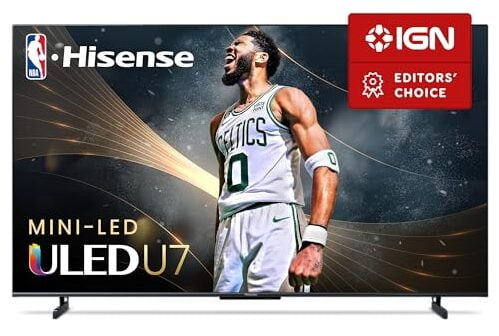
True Score
82859Experts
87777Customers
Absolutely Fresh
 SAVE $40$799.99$759.99
SAVE $40$799.99$759.99Read More
Snapshot
Reasons to Buy
- Outstanding picture quality in the dark
- High peak brightness
- Fast response time and low input lag
- 120 Hz refresh rate
Reasons to Avoid
- Subpar off-center viewing
- Average blooming
Specifications
Max Resolution 3840 x 2160 (4k) 
Backlight Type Full-Array Refresh Rate 120 Hz Display Type LED HDMI Inputs 4 
HDMI Type 2.0, HDMI 2.1 HDR Format Dolby Vision, HDR10, HDR10+, HLG 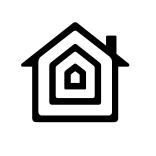
HomeKit Compatible – 
Number of Audio Channels 2.1 
Panel Type IPS Screen size 55", 65", 75" 
Smart Platform Google TV 
Speaker Output 40 Watts 
Sync Technology HDR Format 
VRR Yes All Specs
Test Results
SDR Brightness (nits) 603 HDR Brightness (nits) 786.5 Color Gamut % (DCI P3 xy) 96.31 Response Time (ms) 11.3 Contrast Ratio (x:1) 45,000 EOTF (600 nit delta) 0.0211 Color Gamut % (DCI P3 uv) 97.4 Color Gamut % (Rec 2020 xy) 76.18 Color Gamut % (Rec 2020 uv) 81.91 Color Gamut % (sRGB) 98.5 Color Gamut % (Rec 709) 0 Color Gamut % (BT.2020) 76 Color Gamut % (Adobe RGB) 80.5 Color Gamut % (BT.709) 0 Input Lag (ms) 14.3 Color Washout (Degrees) 23 Color Shift (Degrees) 23 Brightness Loss (Degrees) 35 Reflections (%) 1.9 Low-Freq Extension (Hz) 89.8 Freq Response StdDev @ 70db 4.36 Freq Response StdDev @ 80db 4.48 Weighted Total Harmonic Distortion @80db 0.096 Intermodulation Distortion @80db 4.47 EOTF (1000 nit delta) 0.021 EOTF (4000 nit delta) 0.013 All Tests
All Retailers
- $759.99$800Save $40
Availability
In StockFree Shipping
No - $800.00
Availability
In StockFree Shipping
No - $989.99
Availability
In StockFree Shipping
No
Our Verdict
If budget is a concern, the Hisense’s U7K positions itself as a budget version of the U8K. It offers a good SDR and HDR brightness of 603 nits and 786.5 nits respectively, making it a great choice for dim and more moderately lit rooms, but not quite good enough for bright ones. Its DCI P3 xy color gamut coverage of 96.31% and EOTF performance of 0.0211, although slightly lower than the U8K, still provide the television with the capability to produce vibrant and accurate colors, but home theater enthusiasts with a little more cash to spend will like the U8K more.
The U7K’s handling of reflections, coming in at 1.9% is still quite at reducing glare, but the fact that the TV isn’t particularly well suited for rooms with lots of ambient light means that this is more of a bonus than something that will really factor in all that often. Similarly, the contrast ratio of 45000:1 means the U7K does a great job of showing dynamic visuals, but it’s lower than it’s more expensive brother, the U8K, by a significant margin.
Although it features a slightly higher input lag of 14.3 ms compared to the U8K, it remains a viable option for casual gaming, where the difference is minimal. The response time, on the other hand, comes in at 11.3 ms. This makes the U7K a better option for watching sports, as it’s better able to handle fast-action with minimal motion blur. If your favorite place to watch sports is more dimly lit, then the U7K is a clear winner over the U8K.
The U7K stands as a testament to Hisense’s ability to provide quality televisions that meet diverse user needs without breaking the bank. It may not boast the peak brightness of the U8K, but its overall performance metrics make it a strong contender, especially given its lower price. It offers a balanced feature set that caters well to movies, sports, casual gaming, and streaming, as long as you’re willing to keep the TV in a dimmer room.
Read Less

Best Overall

Runner Up

Best Value

Best Budget

Best Mid-Range

Premium Pick
Hisense U8K TV
Best For Bright Room
Ideal for bright rooms with its high SDR and HDR brightness, the U8K offers superb picture quality and color accuracy for home theater and casual gaming, all at great value.
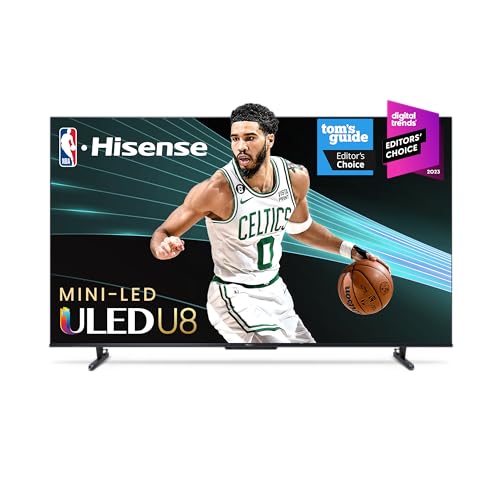
True Score
79806Experts
841kCustomers
Mixed Reviews
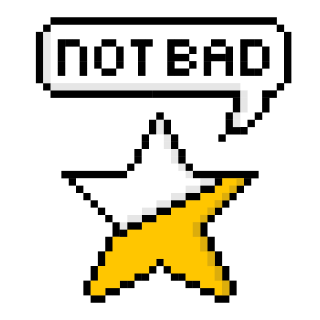 SAVE $102$799.99$698.00
SAVE $102$799.99$698.00Read More
Snapshot
Reasons to Buy
- Good picture quality
- Outstanding brightness and good contrast ratio
- Quick response time
- Great reflection handling
Reasons to Avoid
- Poor viewing angles
Specifications
Max Resolution 3840 x 2160 (4k) 
Backlight Type Full-Array Refresh Rate 144 Hz 
Depth 3" Display Type LED HDMI Inputs (Total) 4 
HDMI Type HDMI 2.1 HDR Format Dolby Vision, HDR10, HDR10+, HLG 
Height 33.1" High Dynamic Range (HDR) Yes 
Number of Audio Channels 2.1.2 
Panel Type VA Screen size 100", 55", 65", 75", 85" 
Smart Platform Google TV 
Speaker Output 50 Watts 
Voice Assistant Google Assistant 
Weight 56.4" lbs 
Width 57.2" 
Works With Google Assistant All Specs
Test Results
SDR Brightness (nits) 1,549 HDR Brightness (nits) 1,792 Color Gamut % (DCI P3 xy) 97.44 Response Time (ms) 13.3 Contrast Ratio (x:1) 165,360 EOTF (600 nit delta) 0.0105 Color Gamut % (DCI P3 uv) 97.01 Color Gamut % (Rec 2020 xy) 76.18 Color Gamut % (Rec 2020 uv) 81.82 Color Gamut % (sRGB) 0 Color Gamut % (Rec 709) 0 Color Gamut % (BT.2020) 80 Color Gamut % (Adobe RGB) 0 Color Gamut % (BT.709) 0 Input Lag (ms) 14.2 Color Washout (Degrees) 23 Color Shift (Degrees) 23 Brightness Loss (Degrees) 35 Reflections (%) 1.8 Low-Freq Extension (Hz) 80 Freq Response StdDev @ 70db 2.06 Freq Response StdDev @ 80db 2.11 Weighted Total Harmonic Distortion @80db 0.1 Intermodulation Distortion @80db 0.71 EOTF (1000 nit delta) 0.0106 EOTF (4000 nit delta) 0.011 All Tests
All Retailers
- $698.00$800Save $102
Availability
In StockFree Shipping
Yes - $799.99
Availability
In StockFree Shipping
No Availability
Free Shipping
Our Verdict
Hisense’s U8K delivers excellent bright room performance in an affordable package. Thanks to its exceptional SDR and HDR brightness of 1549 nits and 1792 nits respectively, the U8K is able to deliver fantastic picture quality even in very brightly lit spaces. This, plus its DCI P3 xy color gamut coverage of 97.44% and EOTF performance of 0.0105 make the television a great choice for home theater enthusiasts. If you’re hoping to stream tons of content, you can also enjoy a huge array of available streaming services with minimal fuss thanks to the Google TV OS the U8K comes with.
The wide coverage and high gamma accuracy ensure accurate mastering, even in home theaters that have to deal with lots of direct sunlight. The TV’s efficiency in handling reflections, with a rate of only 1.8% total light reflected, further enhances its appeal for rooms with variable lighting, ensuring a consistently clear and immersive viewing experience.
The U8K’s fantastic contrast ratio of 165360:1 not only helps it with home theater performance, but also in gaming, where the subtle shifts in light and dark can reveal hidden enemies. However, the U8K suffers a bit with input lag, coming in at 14.2 ms, which makes the set better for more casual games than extremely competitive ones. The U8K’s response time is also decent, which is not only helpful for fast-paced games, but also sports. It’s not a front runner, coming in at 13.3 ms, but it is fast enough to keep action from getting blurry.
Ultimately, brightness is what makes the U8K a standout. If you need to overcome lots of ambient light while still being able to enjoy movies in your home theater, the U8K is exactly what you’re looking for. It’s not the cheapest set when you look at Hisense TVs overall, but the TV is still a budget set in the greater TV market. Plus, it’s good enough to use for sports, casual games and streaming with minimal fuss and excellent results.
Read Less
DID YOU KNOW 87% OF TV REVIEWERS ARE UNTRUSTWORTHY?
Our research found 28 of 210 TV reviewers can be trusted, and shockingly 1 out of 3 on Google Page 1 were fake reviews showing no proof of test claims. See our Expose and Trust List. This is why Gadget Review is committed to calculating the most accurate product scores on the web.
To do this, we give every TV review site a Trust Rating, which measures how trustworthy the site and their testing claims are. We then leverage AI & a machine learning model to combine and calculate the Trust Rating with data from experts and consumers to deliver the True Score, the web’s most accurate product quality rating.

Best Overall

Runner Up

Best Value

Best Budget

Best Mid-Range

Premium Pick
Hisense U6K
Affordable yet effective, the U6K delivers decent performance in moderately lit rooms, with standout color accuracy and the best input lag and response time for gaming.
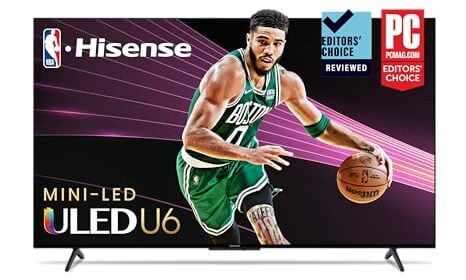
True Score
78785Experts
842kCustomers
Mixed Reviews
 SAVE $22$449.99$427.99
SAVE $22$449.99$427.99Read More
Snapshot
Reasons to Buy
- Great picture quality in the dark
- Quick response time and low input lag
- VRR compatibility
Reasons to Avoid
- Subpar peak brightness
- 60 Hz refresh rate
- Poor off-center viewing
- Average blooming
Specifications
Max Resolution 3840 x 2160 (4k) 
Backlight Type Mini LED Refresh Rate 60 Hz Display Type LED HDMI Inputs 4 
HDMI Type 2.0 HDR Format Dolby Vision, HDR10, HDR10+, HLG 
HomeKit Compatible – 
Number of Audio Channels 2.0 
Panel Type IPS Screen size 65" 
Smart Platform Google TV 
Speaker Output 20 Watts 
Sync Technology AMD FreeSync, G-Sync, HDR Format 
VRR Yes All Specs
Test Results
SDR Brightness (nits) 430.3333 HDR Brightness (nits) 505.5 Color Gamut % (DCI P3 xy) 96.885 Response Time (ms) 10.7 Contrast Ratio (x:1) 0 EOTF (600 nit delta) 0.0104 Color Gamut % (DCI P3 uv) 96.98 Color Gamut % (Rec 2020 xy) 74.1 Color Gamut % (Rec 2020 uv) 82.61 Color Gamut % (sRGB) 0 Color Gamut % (Rec 709) 99.4728 Color Gamut % (BT.2020) 0 Color Gamut % (Adobe RGB) 0 Color Gamut % (BT.709) 0 Input Lag (ms) 10.55 Color Washout (Degrees) 22 Color Shift (Degrees) 27 Brightness Loss (Degrees) 29 Reflections (%) 5.1 Low-Freq Extension (Hz) 113.14 Freq Response StdDev @ 70db 3 Freq Response StdDev @ 80db 3.08 Weighted Total Harmonic Distortion @80db 0.254 Intermodulation Distortion @80db 0.84 EOTF (1000 nit delta) 0.0104 EOTF (4000 nit delta) 0.0102 All Tests
All Retailers
- $427.99$450Save $22
Availability
In StockFree Shipping
No - $504.93
Availability
In StockFree Shipping
No - $588.88
Availability
In StockFree Shipping
No
Our Verdict
If you need an even more budget option than the U7K, the U6K is among the cheapest in Hisense’s lineup, but still manages good performance. With its SDR and HDR brightness levels at 430.33 nits and 505.5 nits respectively, the U6K is designed to perform well in dim and moderately lit environments. While this impacts its bright room performance since it doesn’t offer the high brightness levels of its more premium counterparts, it still provides a decent viewing experience for home theaters and game rooms. The reflection rate of 5.1% is high and would be a problem, but the low brightness of the U6K means it shouldn’t be somewhere where direct sunlight is an issue in the first place.
The U6K’s DCI P3 xy color gamut coverage of 96.89% and an EOTF performance of 0.0104 make it a great home theater choice for anyone that wants accurate mastering without paying thousands for an OLED, and it comes at almost half the price of the U8K while barely trailing behind it in performance. However, with a contrast ratio of 38000:1, the U6K will struggle with reaching the same rich blacks that the U8K can manage, so if picture quality and dynamic images matter more to you and you’ve got room in the budget, the more expensive TV is the way to go.
With a best-in-class input lag of 10.55 ms compared to its higher-end siblings, the U6K is a great option for responsive gaming and one of the best choices for competitive gamers on a budget. Plus, with a response time of 10.7 ms, also the best in its class, the U6K will provide smooth, blur free gaming, as well as a clear view of the action on the field if you’re a sports fan.
In essence, the Hisense U6K is a less bright but still effective version of the U8K. Its strengths in color accuracy, response time, and input lag make it an excellent choice if you’re a budget-conscious gamer, cinephile or sports fan. Watch movies, play games, enjoy sports, stream content, or do a little of each, all in one of the most affordable packages Hisense has to offer.
Read Less

DON’T SEE WHAT YOU’RE LOOKING FOR?
Be sure to also read our guide to the best TV brands. Or if you have a particular use case check out the best gaming TVs, best OLED TVs or the best TV for sports. If you want something more future proofed try our guide on the best 8k TVs and consider 4K vs 8K.
If you’re looking for versatility, our guide to the best TV monitors can help you find a model that fits both work and play. And if you’ve already bought a soundbar, read our guide on how to connect a soundbar to your TV.

Our Approach to Testing Best Hisense TVs
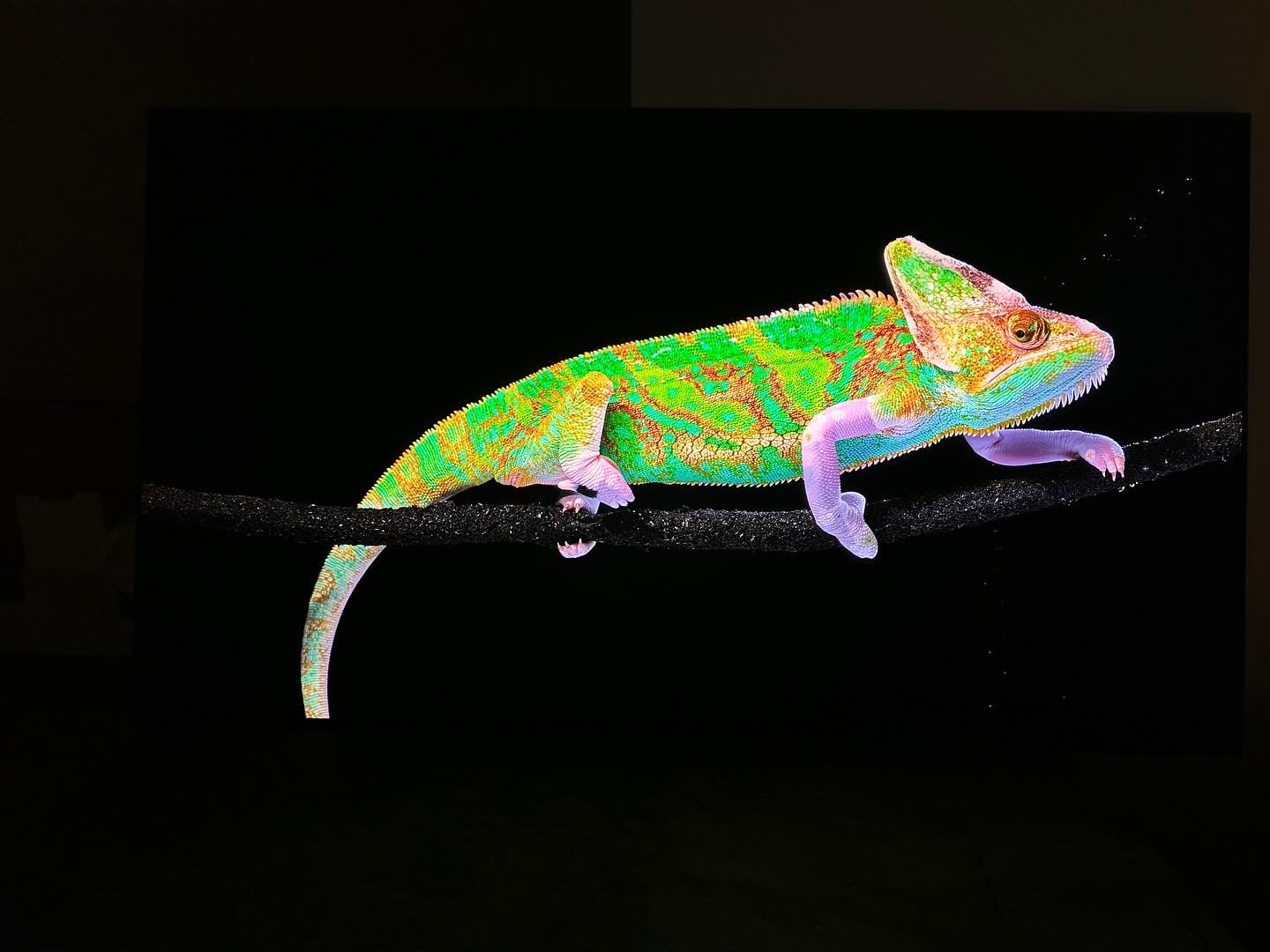
Evan Shepard/Gadget Review
We’ve redefined TV buying guides, setting us apart from any other site on the planet. Our unique approach combines in-house verification with a comprehensive dataset from trusted sites, focusing on key testing metrics like brightness (SDR and HDR), EOTF, response time, contrast ratio and color gamut.
The ideal Hisense TV strikes a balance between affordability and quality, providing performance akin to leading brands at a fraction of the price. Offering sharp imagery, advanced smart features, and stellar test results, Hisense ensures you get top-notch value without compromising on the viewing experience.
You may notice some of our graphs contain “Source: RTings”. This is to indicate that the data we’re showing off in a graph has come from a single source – because it’s the only source that actually tested the criteria and had data for it! Normally, our data is an average out of all of the various publications that test and provide data to give you a good idea of how a product is going to perform on average.
Which Criteria Matters for Testing Best Hisense TVs?
By focusing on these criteria (3 required, 3 nice to have), anyone can quickly and easily compare these TVs and how they’ll perform. This helps you make an informed decision and purchase a TV that will fit into your small or tight space.
| CRITERIA | RANGE | REQUIRED | DEFINITION |
|---|---|---|---|
| SDR Brightness | 300+ nits | Yes | Assess the luminance of your display when operating in Standard Dynamic Range (SDR) mode. |
| HDR Brightness | 1000+ nits | Yes | Determine the luminance of your display in High Dynamic Range (HDR) mode. |
| Color Gamut (DCI P3 xy) | >= 90% | Yes | Evaluate the extent to which a TV can reproduce a specified spectrum of colors. |
| EOTF | 0.018 | No (nice to have) | Standard that governs how a display interprets and renders brightness and color. |
| Response Time | <=10ms | No (nice to have) | Time required for a pixel to transition from one color to another and then return to its original color. |
| Contrast Ratio | >= 10,000 | No (nice to have) | The ratio between the brightest white and darkest black that the screen can display. |
Our Trusted Data Sources
(Publication category Score is 80%+)
We looked at 210+ TV reviewers and while 24 are trustworthy (60%+ Trust Rating), we only use data from the testers that are “very trusted” which means a Trust Rating above 70%. The three we have listed below are our most trusted for TVs, along with our own in-house TV expert.
- Evan Shepard – Gadget Review
- Matthew Lopes – RTings, MuckRack
- Will Greenwald – PCMag, MuckRack, Twitter
- David Katzmaier – CNET, MuckRack, Twitter
Interested in a comprehensive analysis of our data sources? We’ve got you covered. Below, you’ll find a detailed list of every TV review website we’ve identified, organized by their respective Trust Ratings from highest to lowest. But we didn’t stop there. We’ve meticulously reviewed each publication and verified the data by checking whether the authors have bio links to MuckRack or LinkedIn. We’re committed to not only checking the facts but ensuring their veracity.
Best Hisense TVs Test Data & Results
1. SDR & HDR Brightness TV Test Results
In well-lit rooms, the brightness level of your Hisense TV, quantified in nits, is key to a great viewing experience. A TV that doesn’t meet the brightness requirement will struggle against natural and artificial light, resulting in a dim, lackluster image. Essentially, nits measure how well your TV can stand up to light interference, with higher values ensuring a sharper, more vivid display.
For standard viewing on the best Hisense TV, you should look for at least 300 nits to strike the right balance between clarity and color quality in standard dynamic range (SDR) content. For high dynamic range (HDR) content, which offers richer colors and greater contrast, a minimum of 1000 nits is ideal to truly appreciate the enhanced visuals. These brightness levels are recommended to ensure your TV performs well in bright settings, allowing you to enjoy your shows and movies without any loss in detail or quality. Aim for these minimums: SDR Brightness >= 300 nits; HDR Brightness >= 1000 nits for the optimal experience.
Discover the top Hisense TVs, ranked from brightest to least.
Brightness
SDR: 300+ nits
HDR: 1000+ nits
Acceptable range of performance
Definition: Maximum brightness in a specified pattern size window. Most commonly measured in a 10% or 100% white window.
Units of Measurement: nits (alternatively cd/m²)
Tools to Measure: TV, luminance meter
Why It’s Important:
Brightness helps counter ambient light so that details and colors don’t wash out and get lost.
SDR Brightness (in nits, higher is better)
HDR Brightness (in nits, higher is better)
2. Color Gamut (DCI P3 xy) TV Test Results
Color Gamut
>= 90%
Acceptable range of performance
Definition: The TV’s capability to display a spectrum of colors.
Units of Measurement: % (color space coverage in percent)
Tools to Measure: Colorimeter
Why It’s Important:
Inaccurate colors compromise the authenticity of the content.

Color gamut defines the range of colors a Hisense TV can reproduce, directly affecting how vibrant and true-to-life the images look. A wide color gamut brings out richer, more vivid colors – from the lush greens of a garden to the bright colors of animated characters, enhancing your viewing experience to closely mimic real life.
This concept is technically measured against standards like the DCI P3 xy, a benchmark for high-quality visuals. A Hisense TV covering a higher percentage of this color space can display colors more accurately and vividly.
For those who prioritize vibrant and immersive visuals, aiming for a Hisense TV with a color gamut of 90% or higher on the DCI P3 xy scale is ideal. This ensures that the content you watch is as vibrant and lifelike as possible for a great viewing experience. Additionally, high-end curved TVs can provide an immersive viewing experience with their wide color gamuts and engaging visuals.
Below are the top Hisense TVs, ordered by color gamut, all exceeding our testing criteria.
DCI P3 XY Color Gamut (as a %; high is better)
3. EOTF Test Results
The Electro-Optical Transfer Function (EOTF) plays a critical role in ensuring the content on your TV looks exactly as the creator intended. This technical feature adjusts your screen’s brightness levels, ensuring every scene, from the darkest shadows to the brightest highlights, is displayed with true-to-life accuracy.
In rooms flooded with light, a TV that nails EOTF calibration shines by preserving the intended contrast and detail in the picture despite the challenging conditions. It balances the brightness so that images remain vibrant and full of detail, unaffected by the glare of ambient light. Similarly, Sony TVs are known for their effective EOTF calibration, ensuring optimal picture quality across various lighting conditions.
A TV that excels in managing EOTF offers an immersive and authentic viewing experience. It brings creators’ visions to life, accurately rendering every scene with the proper light and dark levels, no matter the lighting in your room. This means you get a consistent, realistic picture that captures the full spectrum of colors and contrasts, from the subtlest hues to the most intense explosions.
Below are all the Hisense TVs on our list, ordered by EOTF, from best to worst.
EOTF
< 0.018 (600 nit Δ)
Acceptable range of performance
Definition: How your TV interprets and renders the luminance data from content and translates it to be represented on screen. If EOTF/Gamma tracking is too low or too high, it will result in an over-brightened or over-darkened image from reference.
Units of Measurement: this test measures for the delta from the standard
Tools to Measure: Luminance colorimeter
Why It’s Important:
EOTF ensures that the game is displayed (color and HDR brightness) as the creator intended it
EOTF (source: rtings.com – 0 = no data exists; lower is better)
4. Response Time TV Test Results
Response Time
1ms-10ms
Acceptable range of performance
Definition: Speed at which a pixel transitions from one color to another
Units of Measurement: milliseconds (ms)
Tools to Measure: Screen, camera, test software
Why It’s Important:
A faster response time means less blur and thus more accuracy
A slow response time on a Hisense TV during fast-paced scenes is like trying to watch a thrilling movie with a foggy lens. Imagine settling in for an action-packed sequence, only to have the swift movements turn into a blur, robbing you of the crisp, clear detail you crave. This isn’t just a minor annoyance; it’s a major detriment to your viewing experience, leaving you with a picture marred by motion blur and visual artifacts.
So, what exactly is response time? It measures how quickly a pixel on your TV can change from one color to another. In the context of watching fast-moving content or enjoying dynamic scenes on a TV, a low response time is crucial. A response time of 15 ms or lower is good, but if you plan on gaming on this set, aim for a response time of 10 ms or lower. The best 50-inch TVs, including Hisense models, are often designed with gamers in mind, boasting low response times to enhance the gaming experience. At these levels, your Hisense TV ensures smooth transitions and sharp visuals, making every scene come to life without any distracting blurs or delays.
Below are the top Hisense TVs, ordered by response time.
Response Time (in milliseconds; lower is better)
5. Contrast Ratio Test Results
For TV enthusiasts, a solid contrast ratio is crucial for enjoying your favorite TV shows or movies, especially in darker settings. This feature directly impacts how lifelike and dynamic the picture appears on your screen, ensuring that dark scenes are displayed with clear, crisp blacks instead of murky grays and bright scenes retain their detail without appearing washed out.
Put simply, the contrast ratio is all about the range of luminance a TV can produce, from the deepest blacks to the brightest whites. It’s what brings depth to the image, enhancing the realism of every scene. Watching a movie in the dark, for example, the difference between a TV with a poor contrast ratio and one with a high ratio is stark: the former struggles, blending shadows into a flat gray, while the latter delivers true black, making night scenes more immersive and detailed.
Ideally, a contrast ratio of 10,000:1 is what you should aim for in a Hisense TV. This level of luminance variance ensures that you’re getting a picture quality that can handle the nuances of lighting in any scene, providing a viewing experience that’s both rich and engaging. Note: OLED TVs have infinite contrast ratio, indicated by “0.”
Below are the top Hisense TVs, ordered by contrast ratio, all exceeding our testing criteria.
Contrast Ratio
>=10,000:1
Acceptable range of performance
Definition: Difference between the darkest black and the brightest white a screen can display.
Units of Measurement: cd/m2
Tools to Measure: Luminance meter
Why It’s Important:
A higher contrast ratio delivers deeper blacks, enhancing content definition, especially in darker rooms.
Contrast Ratio (higher is better)
Best Hisense TVs: Mistakes To Avoid
- Ignoring Brightness Levels: Brightness is critical, especially for Hisense TVs that may be used in rooms with fluctuating light conditions. A higher brightness level guarantees a clear and visible picture irrespective of ambient lighting. It’s important not to underestimate how backlight and brightness settings affect your TV experience. When considering other brands, the best Samsung TV models also emphasize brightness and HDR capabilities to deliver a similarly immersive viewing experience.
- Neglecting Intended Use: Consider where and how the TV will be used to ensure it meets your specific needs and environment, whether it’s for gaming, streaming, or everyday viewing. For individuals who prefer straightforward viewing without the advanced smart capabilities found in Roku TVs, opting for the best dumb TVs is advisable. These models emphasize picture quality and easy connectivity for external devices, offering a simplified viewing experience. In compact areas or secondary spaces, 40-inch TVs strike the perfect balance of size and functionality, seamlessly fitting into settings where a larger screen could be too imposing. When choosing the best outdoor TV, it’s crucial to look for models offering superior brightness and contrast to combat direct sunlight. These considerations ensure that your TV selection is perfectly tailored to your intended use, whether it be in a cozy indoor setting or an expansive outdoor entertainment area.
- Failing to Compare Models: Compare prices and features across different Hisense TV models, such as with our Hisense H8G review, to find the best value for your budget and desired specifications. Additionally, you should compare the model you are interested in with other brands in the price range, like Vizio TVs and TCL TVs.
The Best Hisense TVs Tests Compared
Product |
True Score
|
SDR Brightness
|
HDR Barightness
|
Color Gamut
|
EOTF
|
Response Time
|
Contrast Ratio
| |
|---|---|---|---|---|---|---|---|---|
| 82 |
|
|
|
|
|
| $759.99 $800 $40 |
| 79 |
|
|
|
|
|
| $698.00 $800 $102 |
| 78 |
|
|
|
|
|
| $427.99 $450 $22 |











